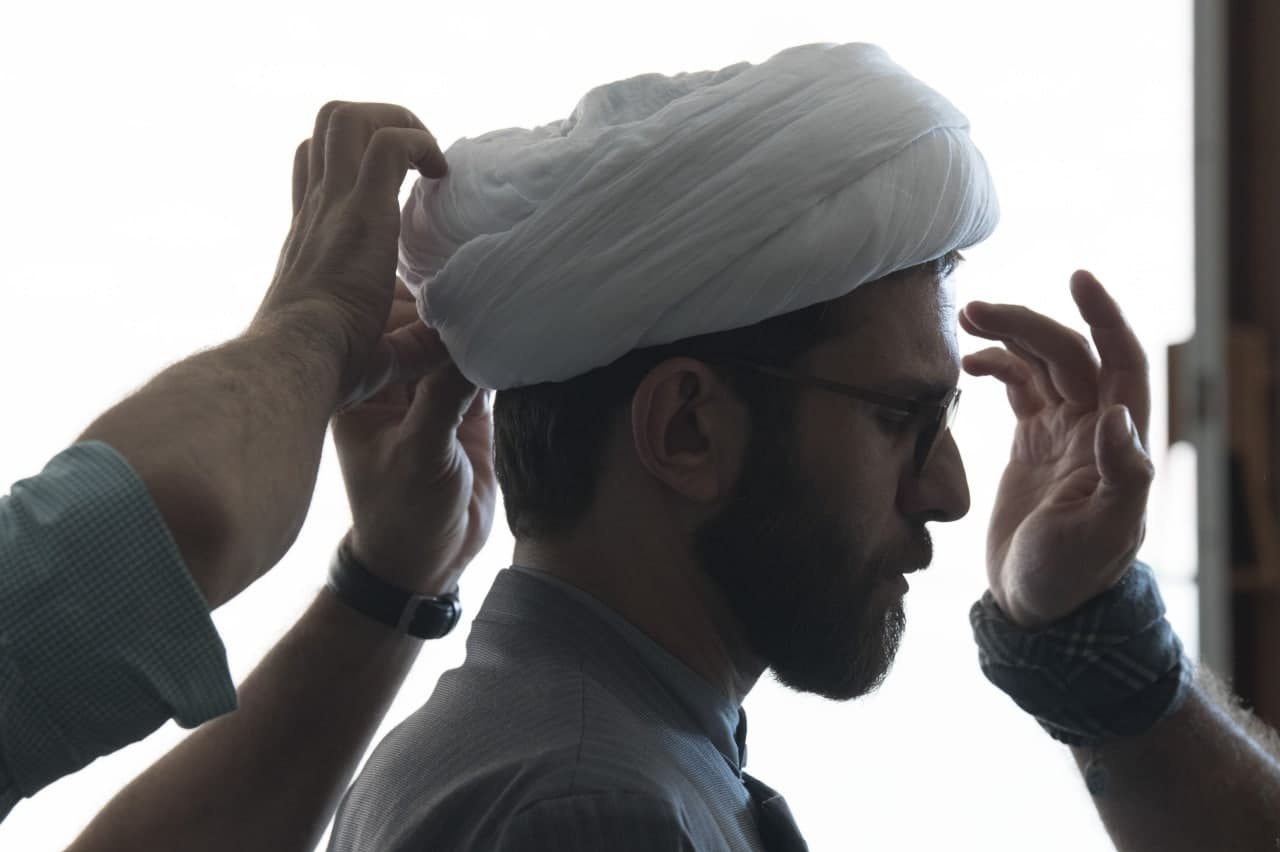Take a look at the “Day of the Riot” series Freedom and clergy

According to a Fars News Agency cinema reporter, Behrouz Shoaib’s name is associated with “clergy” and “clergy” in Iranian cinema. He has played the role of a cleric (gold and copper), has made a serial for the clergy (screenwriter) and has worked as a director for the clergy and the clergy (the day of the riot). In the meantime, the most different student that Shoaib portrays is “Emad Badiee” with the good performance of Babak Hamidian in the movie “Day of Revolt”. The film, of course, did not get the chance to be screened and preferred to become a three-part series and be broadcast online by adding more episodes.
In terms of thematics and storytelling, the most inflammatory story in which the clergy play a central role is this “day of riot”. A well-known and, of course, failed cleric who has been notorious for stealing from his brother and is now in danger of regaining his status, not the identity of an individual whose guild identity and position as a clergyman. In fact, here the individual challenge becomes a social challenge because his notoriety leads to the discrediting of the class that wears their clothes, perhaps that is why he disguises himself so as not to tarnish the reputation of his fellow citizens. However, he has been accused of public distrust due to his brother’s crime and has not made a mistake.
* Empathy and companionship with the cleric of “Day of Trouble”
“Day of Rebellion” moves according to the patterns of the genre, develops its story properly and performs well, but the filmmaker is in a critical situation that not only the people inside the story but also the people outside the story if the dramatic logic and tone and approach of the film are correct. And to be precise, they will remain distrustful of the spiritual character of the story, and probably Shoaib’s most important concern has been to portray his work in such a way that logic and tone and all its elements serve to build the audience’s trust. The direct relationship between us and the outside world is such that it is more difficult to gain the trust of the audience watching the film than the spiritual credibility of the film’s characters within the story, and the filmmaker seems to have succeeded in this direction.
He both accompanies the audience with his inflammatory story and avoids one-sidedness or dramatic bias, which ultimately helps the film to be believable and thus convey its message to the audience. The fact that the audience sympathizes with Emad is enough to confirm this credibility.

* Conceptual system around the axis of freedom and clergy
Shoaib has addressed one of the problems of the day in “Day of Riots”; The subject of credit financial institutions is so complex, sensitive and difficult that the filmmaker’s entry into it in all respects has caused Shoaib to approach the story cautiously and cautiously, and incidentally, this concern has helped to create a logical and dramatic balance in the film. “Emad Badiei” is a young, popular and well-known cleric who is a university professor and a famous television personality and has a prosperous life. It is the focal point and central idea of the film on which the conceptual system of the story is based.
Perhaps this conceptual system can be formulated around the axis or ratio of freedom and clergy. In this sense, Shiite is successful in its conceptual representation, and Rooz Belwa becomes an engaging film that engages the audience’s mind in the contradiction and challenge of the story. A challenge that seeks to serve the judgment of the people and public opinion about the performance of the clergy in relation to economic corruption and to confront them with the difficult and complex position of the clergy in a religious government. The film succeeds in creating empathy, inviting the audience to make logical judgments and inviting them to reflect on their subject.
End of message /
Suggest this for the front page
.

